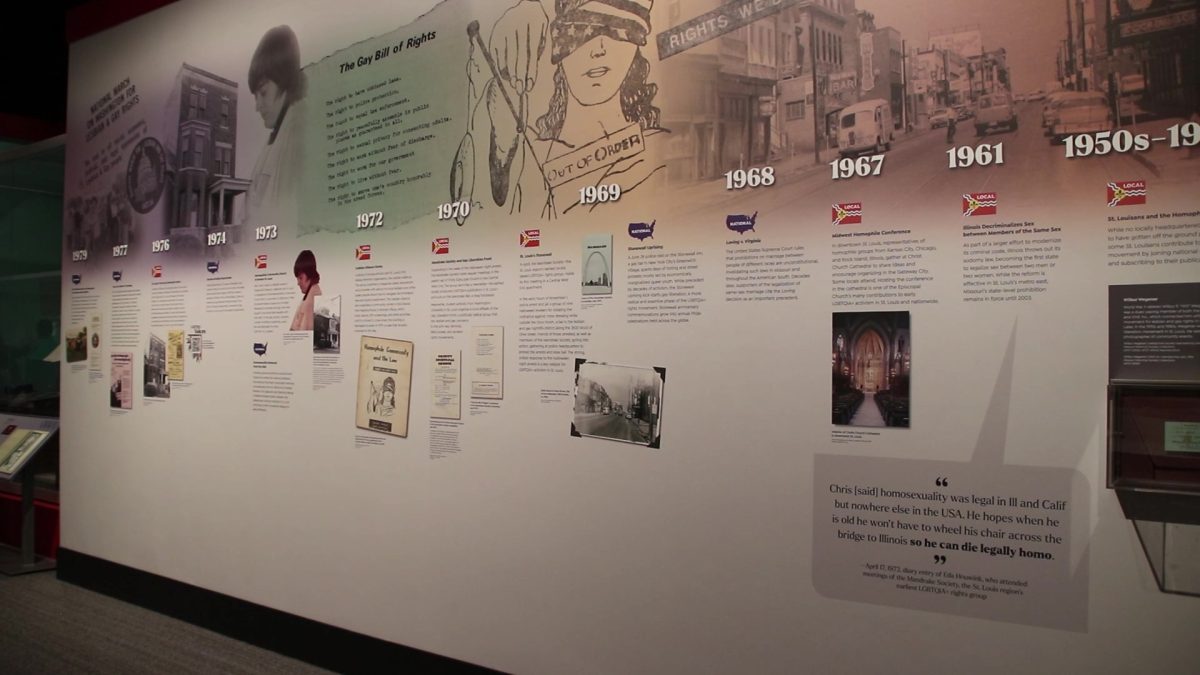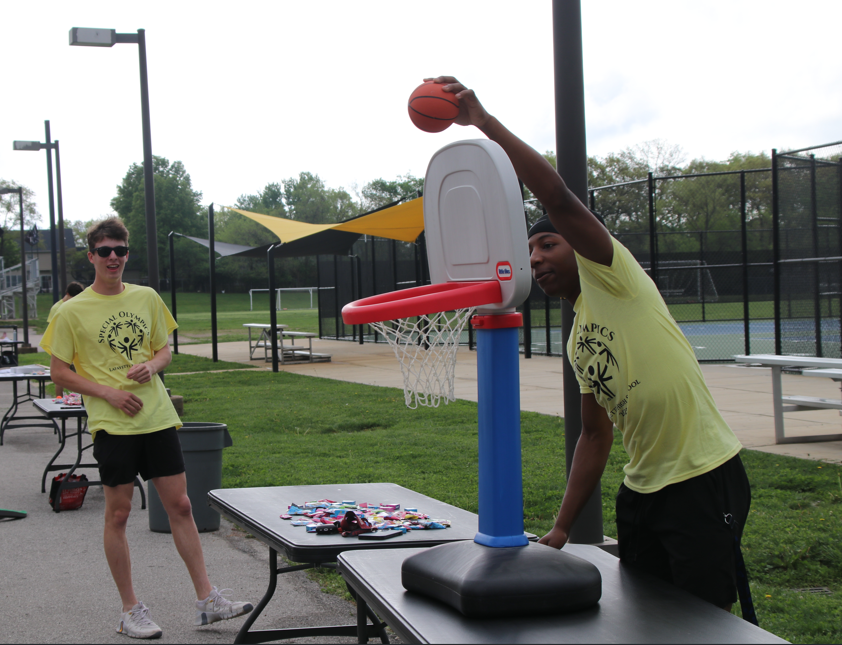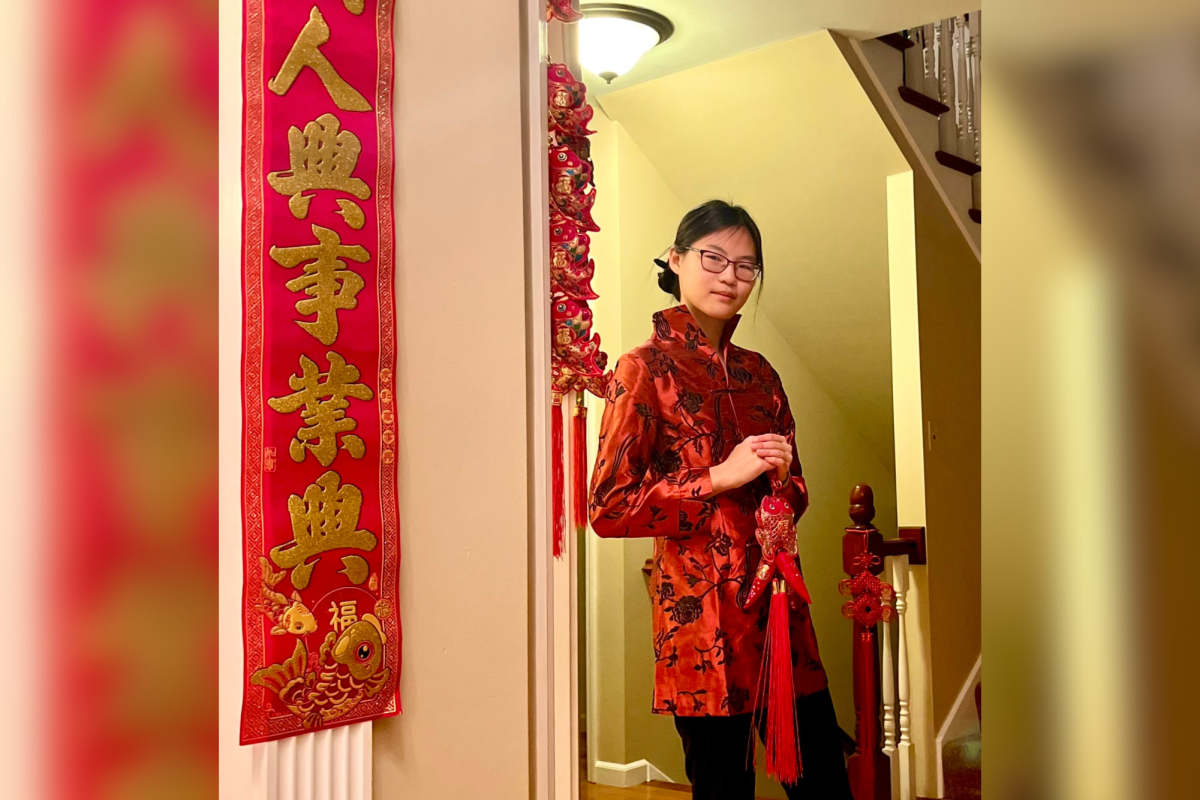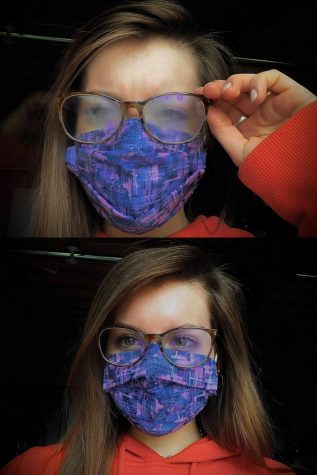Face The Facts
Daily use of face masks causes variety of problems
December 11, 2020
During the coronavirus pandemic, masks have been an essential part to slowing the spread of COVID-19, but as many have found, they come with some inconveniences; such as seeing and breathing problems, ‘maskne,’ hearing difficulties and ear irritation.
Glasses fogging up and nose and ears getting irritated
If you wear glasses or sunglasses that are constantly fogging up, there are a number of simple solutions listed on Consumer Reports, like a mask with a wire sewn in the top. Pinch the top of your mask so that it fits the shape of your nose. Next, tighten the sides for a snug fit. You can also apply an anti-fogging solution to your lens, try wearing your glasses on top of your mask.
As a student who wears glasses daily, junior Anna Matusiak said, “The mask just forces me to adjust my glasses lower on my nose so they won’t fog up. Moving my glasses down on my nose, over the top of the mask, helps a lot.”
Still foggy? Try other options like contacts, a face shield, or simply try to tighten the sides of your mask as well, by adjusting the straps, so it fits securely. More specifically, Matusiak recommends using a surgical
mask because it is light and it has that metal nose piece, preventing the fogging up of glasses.
If your ears feel irritated from wearing a mask, this might be because the elastic ear loops are causing friction. Something to try could be some petroleum jelly behind your ears. You can also switch to a tie-back mask instead of one with elastic ear loops.
After a mask is put on, it’s not meant to be touched with your hands. But, if it keeps slipping, you should tighten it until it feels a little harder to breathe. For a good measure, you should notice your mask moving in and out as you breathe.
‘Mask acne’ on nose or chin
When you wear a mask for a long period of time you sweat, which causes bacteria to build up, triggering acne. “I started to notice that I was getting acne around the bridge of my nose because that area of the masked pressed and rubbed more against my face,” senior Gavin Wood said.
Masks also provide the perfect humid environment for bacteria to grow in our skin, which can lead to a breakout, Noelani Gonzalez, M.D., director of cosmetic dermatology at Mount Sinai, tells SELF.
“My dermatologist recommended that I continue to wash my face and masks and try not to reuse disposable masks,” Wood said. Make sure your face and mask are clean before putting on a face mask and heading out. If break outs become more frequent, a topical over-the-counter acne cream that contains benzoyl peroxide can help.
The global pandemic caused by COVID-19 has heightened the need to use Personal Protective Equipment (PPE) such as face masks as a safety precaution, highlighting the problems associated with infection-prevention measures, most notably masks and gloves. With increased usage and prolonged wearing of masks and gloves, the incidence of cutaneous problems related to PPE has been increasing.
Christen Mowad, MD, from the American Academy of Dermatology, said, “COVID-19 has caused so many changes in the way we practice as well as the diagnoses we are seeing — from an increased incidence of both contact and irritant dermatitis to ‘maskne.’”
The need for effective PPE is paramount amidst the current pandemic. Avoiding adverse reactions and helping mitigate and treat resulting skin problems in a timely fashion is essential for frontline health care workers and the public. This may include shorter shifts to reduce exposure time. It should also include education regarding good hand care; completely rinsing and drying the hands helps to decrease irritant contact dermatitis. Adequate emollient creams on the hands and face will help improve dermatitis in these areas.
Difficulty in the classroom
The pandemic is forcing teachers and students to rethink how they transmit language and the emotion necessary to make meaningful connections, and how to create tactics for optimal learning in less-than-ideal conditions. While teachers say they understand the safety rationale, the prospect of wearing a mask while teaching still feels daunting for many.
Certain groups of students will be more heavily affected by not being able to see their teachers’ faces. Experts say students who are deaf, hard of hearing, or who have autism benefit from seeing facial expressions.
Sarah Keathley, American Sign Language (ASL) teacher, said students in her class will struggle because of face masks. Keathley said, “They will miss out [on] a lot of communication and language cues. ASL relies heavily on facial expressions and mouth movements for many grammatical cues.”
When face to face, our bodies integrate multi-sensory cues, including both auditory and visual information. Visual cues are part of what is called the ‘speech chain,’ the connection between how a speaker produces speech and how a listener receives it. When available, such information assists a listener in processing what a speaker says. In addition to cutting off visual cues, masks also render us less able to move our mouths normally and involve layers of fabric which dampen the acoustics frequencies of a sound.
If you’re having trouble being understood while you’re wearing a mask, it’s not really a matter of speaking louder. Just make sure to speak slowly and clearly, and ask other mask wearers to do the same.































